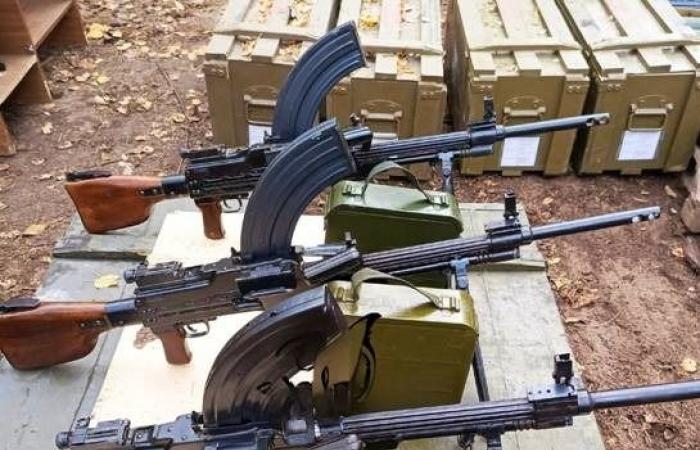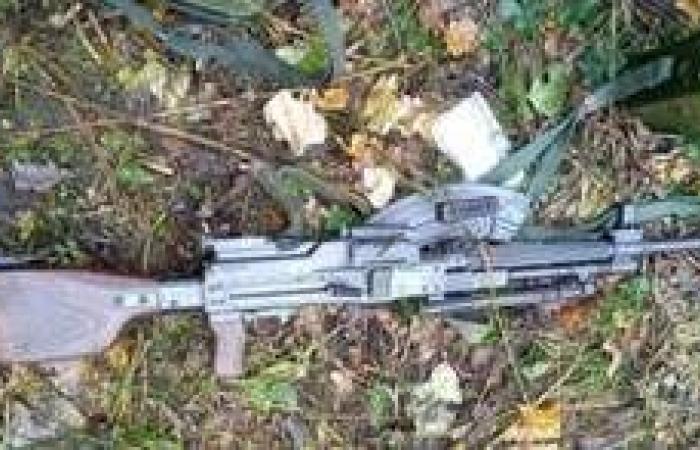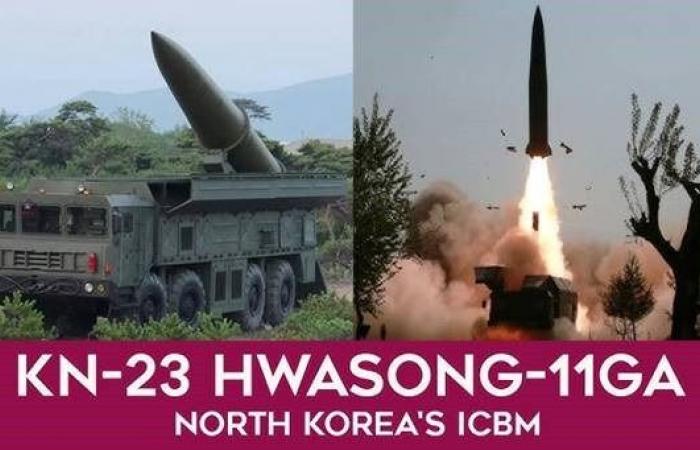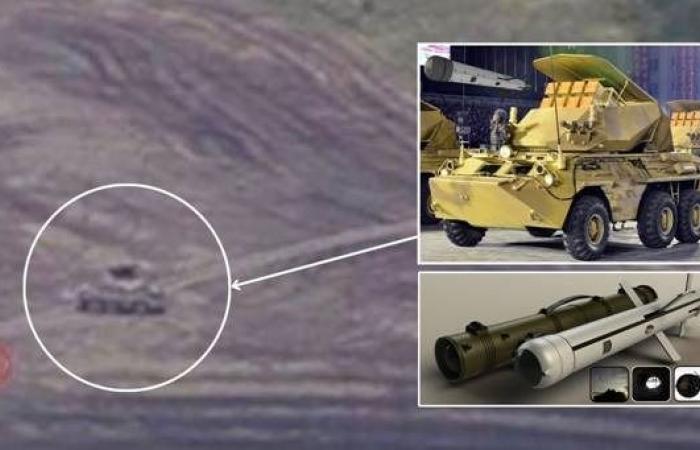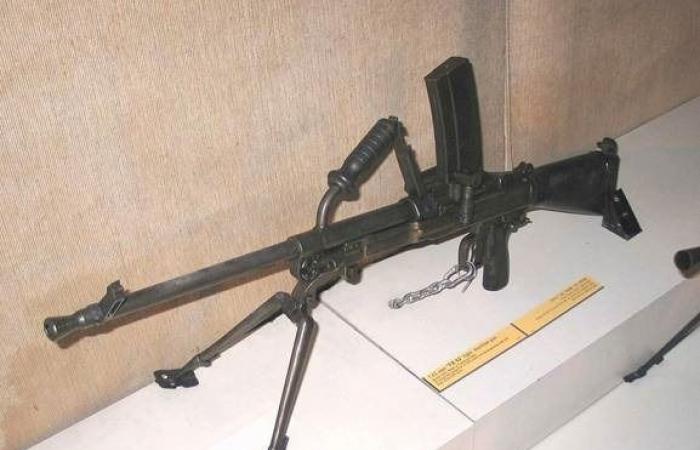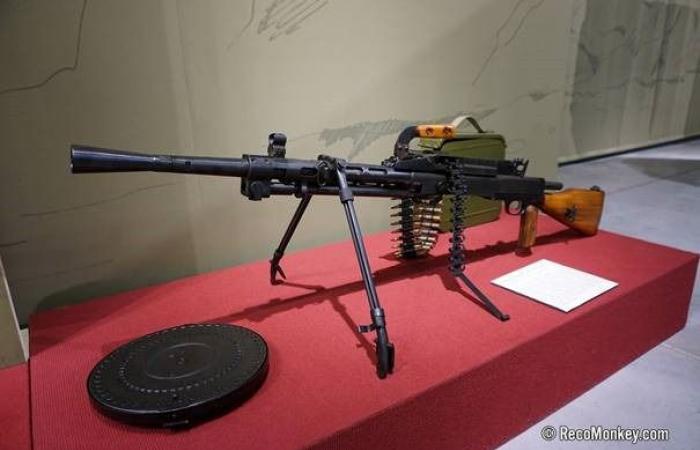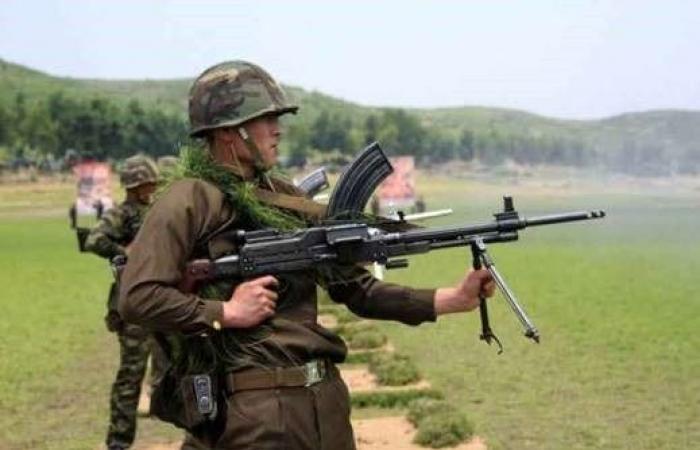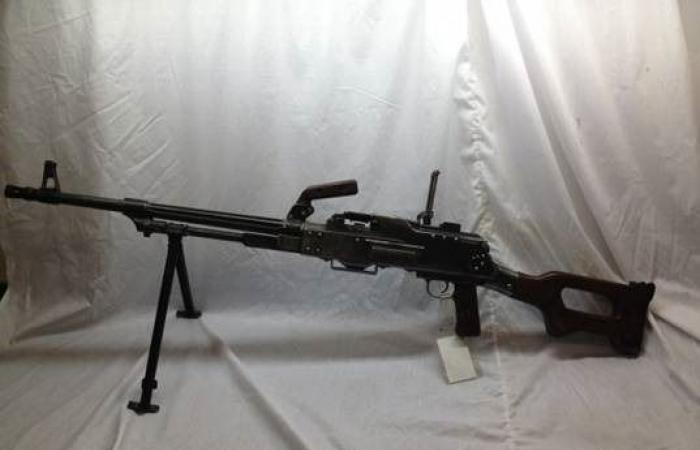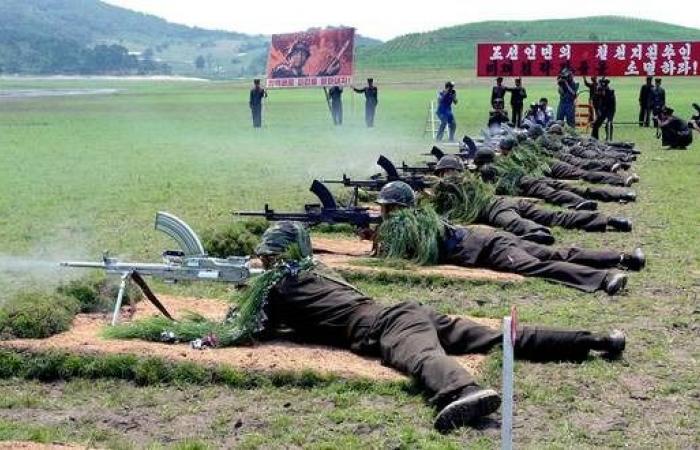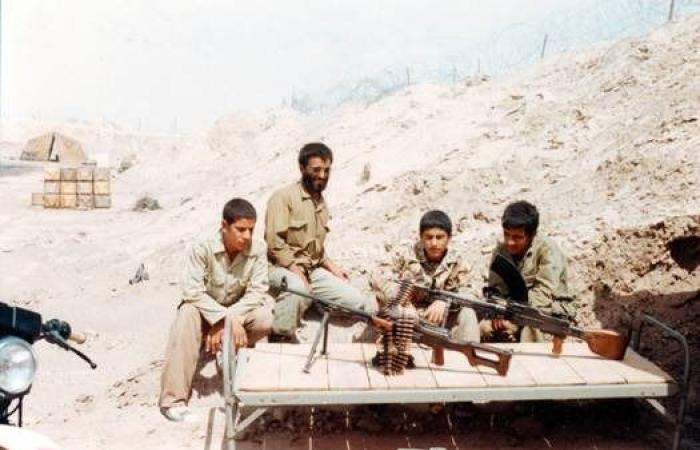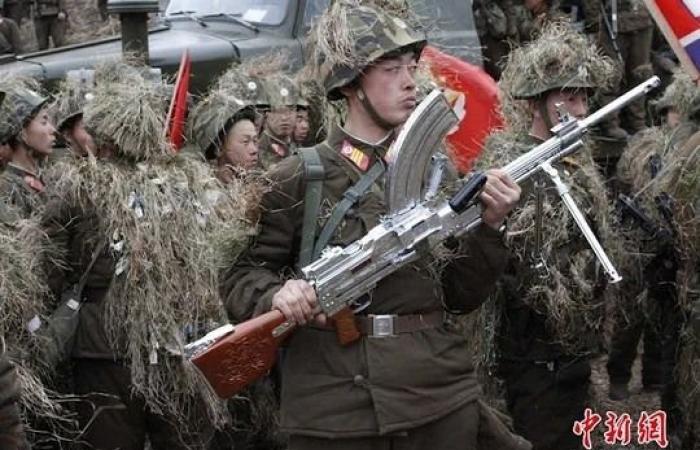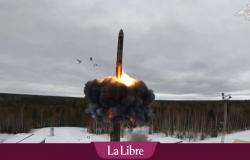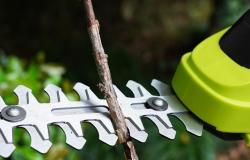In the absence of formal proof of the physical presence of nearly 12,000 North Korean soldiers in Russia (this should come), the photograph of a North Korean Type 73 machine gun taken in the Russian region of Kursk was revealed on the internet .
This weapon chambered for the Russian 7.62x54mmR cartridge is a unique blend of Soviet and Czech models dating from the Cold War.
Conflicting unconfirmed reports suggest that North Korean troops believed to be present in Russia may have taken the weapons with them. It is also claimed that Pyongyang would have delivered some to Russian forces.
It is true that Russia has already received numerous weapons from North Korea, including short-range KN-23 ballistic missiles, Bulsae-4 anti-tank vehicles and millions of munitions including artillery shells.
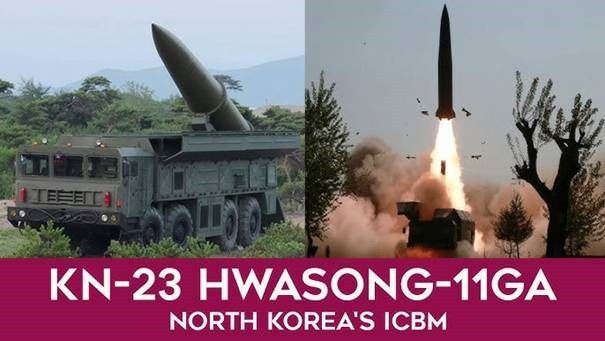
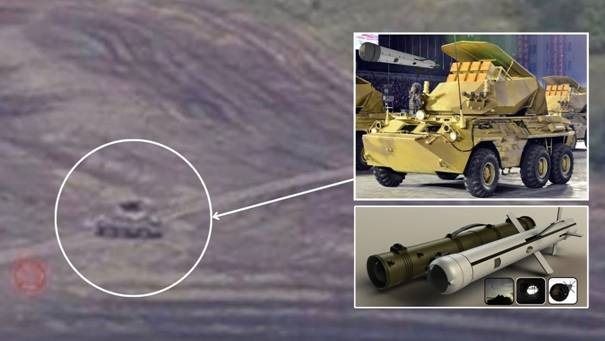
The North Korean FM combines design elements from at least two different weapons: the Czech FM 7.62×39mm Vz. 52/57 and the Soviet FM 7.62×54 mmR RP-46.
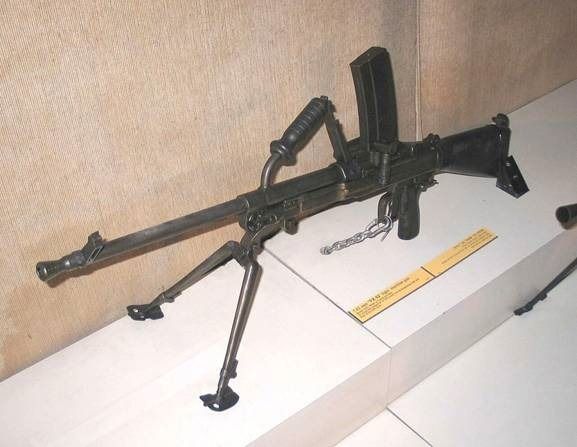
Czech FM Vz. 52. The main difference between Vz. 52 and the 52/57 variant is the transition from the Czech caliber 7.62×45 mm to the Soviet caliber 7.62×39 mm.
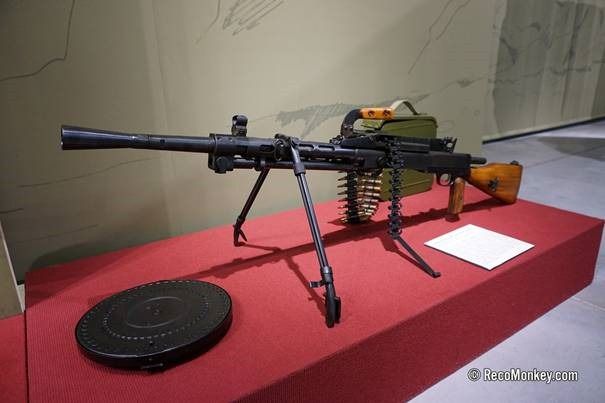
The RP-46 is a tape-fed version of the Soviet FM DP-27.
The FM type 73 weighs 10.6 kg empty and measures 1190 mm. It can be fed from a top-mounted 30-round magazine or a strip of cartridges loaded from the right side. Its rate of fire is 600 – 700 rounds per minute.
Unusual features of the Type 73 also include a muzzle device that allows firing rifle grenades.
The FM Type 73 reportedly entered service in North Korea in 1973, but concrete details on its development remain limited.
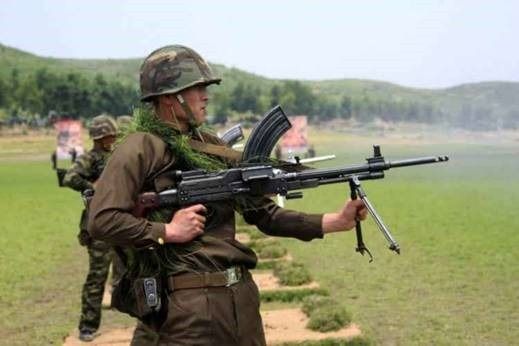
A North Korean soldier fires a Type 73 using the magazine feed option. North Korean state media
The FM Type 73 does not appear to have been very popular in North Korea.
In the 1980s, the North Koreans developed a new Type 82 machine gun, which is a clone of the Soviet PK series.
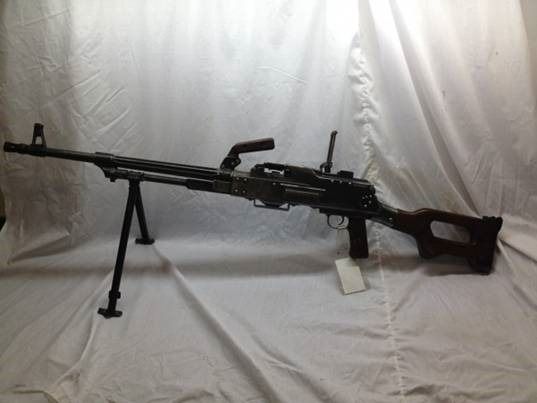
The PK family has been and continues to be one of the most popular light (and FM) machine gun designs in the world. Variations of this model are widely used on both sides of the war in Ukraine.
It is possible that many FM Type 73s were transferred to the reserve or militia.
Indeed, while it could sometimes be seen in 1970s propaganda during military parades, it disappeared from the early 1980s.
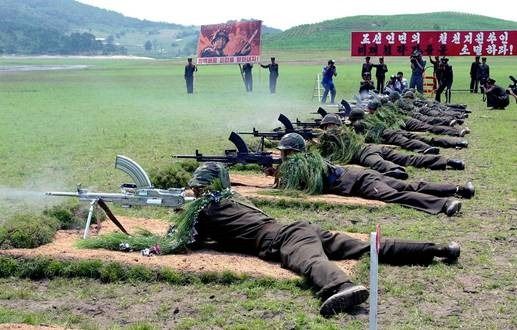
Korean soldiers fire FM Type 73s, including a silver-plated one, probably a weapon given as a reward to a “deserving” unit. Source: North Korean state media
So far, the Type 73 has only appeared outside North Korea in relatively small numbers and largely in Iran, which acquired a number of them during the Iran-Iraq War in the 1980s.
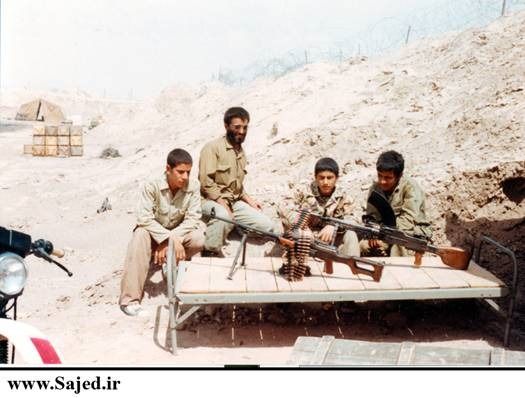
The weapons subsequently appeared in the hands of Tehran proxies in Iraq, Syria and Yemen as well as in militant groups in Africa.
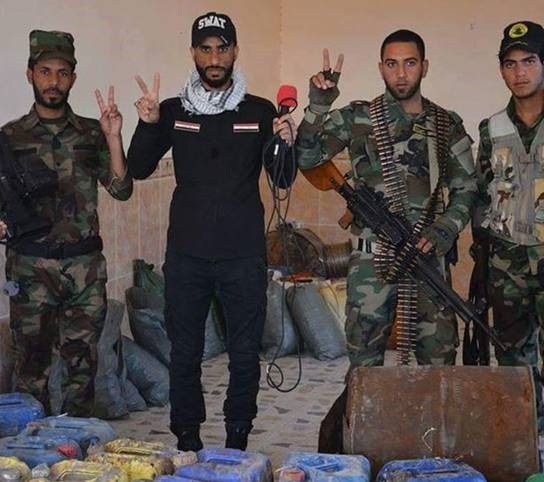
Between 2016 and 2017, Australian and French forces seized a number of FM Type 73s during maritime interdiction operations in and around the Arabian Sea.
For Russian forces, an influx of additional FMs, especially those that use a widely available type of munitions, could be a boon. The conflict in Ukraine has already seen both sides use older and seemingly obsolete weapons, including machine guns from both world wars, to bolster their arsenals.
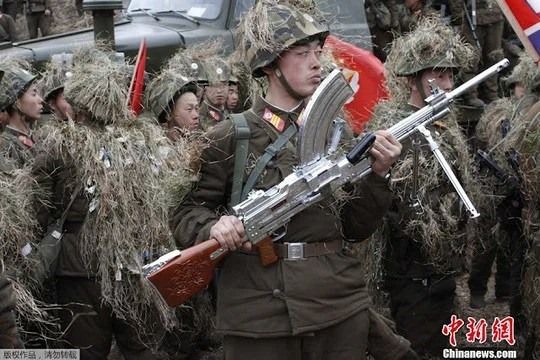
Published on
November 12, 2024

